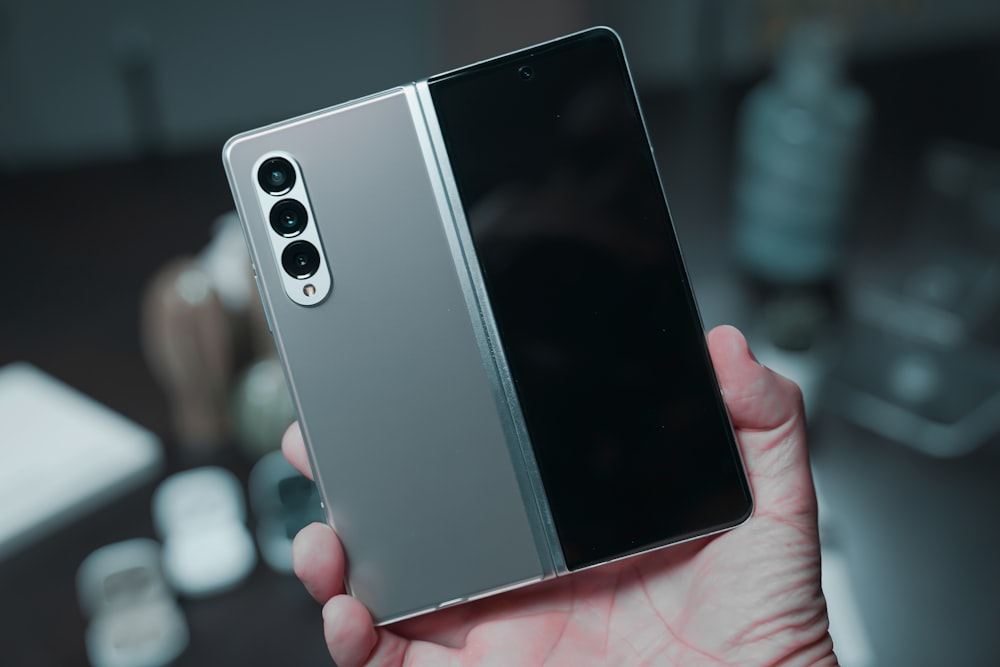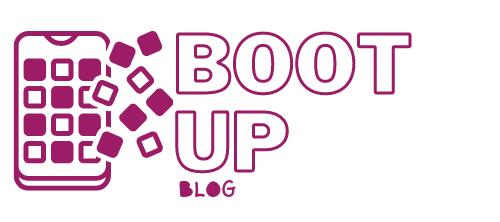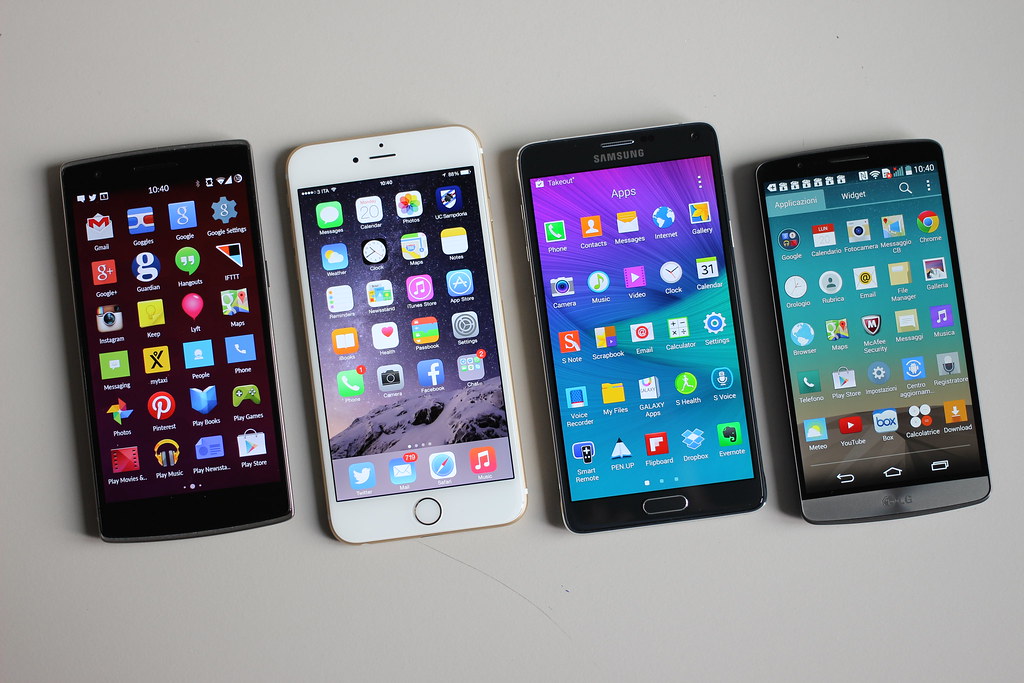There has always been something of a battle between Apple users and Samsung users. The launches of the new iPhone 13 and the Galaxy Z Fold 3 haven’t done much to bridge the gap either. If you ever wondered how each phone stacks up against the other, and if you’re not a die-hard fan of either brand, this article goes through a spec-by-spec comparison of the two phones to help you choose your next handset.
Display and Design: Galaxy Z Fold 3.

The iPhone 13 Pro Max carries over the flat-edge design from the iPhone 12 series. Compared to its immediate predecessor, the only noticeable difference it brings is a 20% narrower front notch, giving you a bit more touchscreen area to work with.
While there’s no doubt that it’s dwarfed by the Samsung Galaxy Z Fold 3, it’s indeed very sleek and sophisticated, both as a tablet-like unfolded device and as a narrower folded smartphone.
Screen Quality: iPhone 13 Pro Max
If we compare the quality of the 13 Pro Max’s screen to that of the Z Fold 3’s main (foldable) screen, Apple’s device comes out just ahead. Its 6.7-inch screen has a resolution of 2778×1284 pixels or 458 pixels per inch.
In contrast, the Z Fold 3’s 7.6-inch main screen displays 2208×1768 pixels, resulting in a slightly less dense resolution of 374 PPI.
Camera: iPhone 13 Pro Max
The iPhone 13 Pro Max’s rear three-lens camera features new hardware this time around. It increases the aperture values to f/1.5 for the wide-angle and f/1.8 for the ultra-wide-angle lens.
The larger apertures of the wide-angle and ultra-wide-angle lenses allow more light to be captured, which results in more detail and vibrancy. In contrast, the reduced aperture allows a better zoom, and all the lenses are compatible with the night mode.
The Z Fold 3 also has a rear camera with three lenses: a 12MP wide-angle lens, a 12MP ultra-wide-angle lens, and a 12MP telephoto lens. It generally takes very impressive photos in most conditions, but it suffers a bit in low light.
Software: iPhone 13 Pro Max

The iPhone 13 Pro Max has the iOS 15, Apple’s latest operating system. This adds a smarter notifications pane, a new focus mode to avoid distractions (while working, playing or sleeping), and an expanded ability to share media via Messages and FaceTime. On the other hand, the Z Fold 3 uses One UI 3.1, Samsung’s take on Android 11, which offers more customization and versatility than stock Android, though it also provides a reasonably smooth and streamlined experience.
Innovation: Samsung Galaxy Z Fold 3
The most important feature of the Z Fold 3 is obvious: it folds out. It allows you to transform it from a traditional smartphone into something that looks like a tablet. This functionality makes it more versatile than your average smartphone and is particularly suitable for multitasking and productivity.
Although it perfectly handles all the essential functions, the iPhone 13 Pro Max doesn’t have too much to offer in terms of innovation. The only new feature is the Cinematic Mode.
Price: iPhone 13 Pro Max
The iPhone 13 Pro Max price starts at $1,099 for the 128 GB model and goes up to $1,599 for the 1 TB version. The Samsung Galaxy Z Fold 3 price starts at $1,800 for the 256GB model, while the 512GB version costs $1,900. It is equal to the iPhone 13 Pro Max 512 GB, costing only $ 1399.
The iPhone 13 Pro Max may not be the most innovative device, but it is the better of the two phones we’ve just compared. It has a better battery, more extensive storage, more versatile cameras, and more reliable software support. Sure, the Z Fold 3 may look flashier and be better suited for work as you can multitask, but its weaker battery life and not-so-great cameras put it at a slight disadvantage. Let us know in the comments which one you prefer…


One reply on “Latest Phones: iPhone 13 v/s Galaxy Z Fold 3.”
[…] are no more cheap; a MacBook Air will cost you up to 1000 dollars, the same as an iPhone 13 Pro or the new Galaxy Z Flip 3. Even devices that don’t cost a thousand dollars—like AirPods or the Apple Watch – are […]